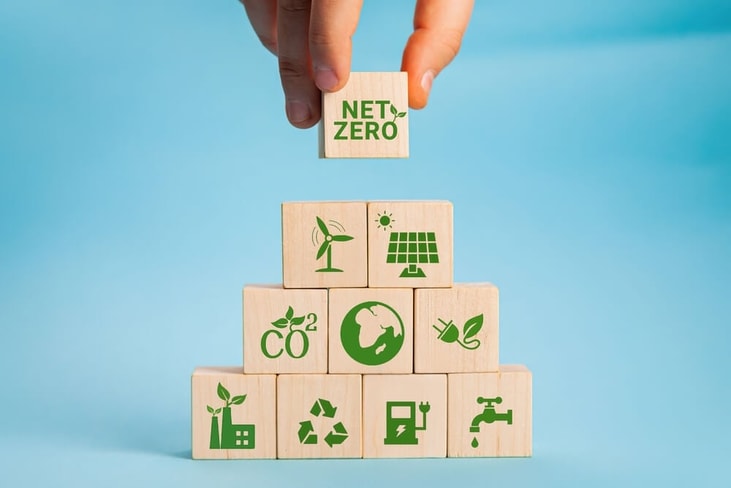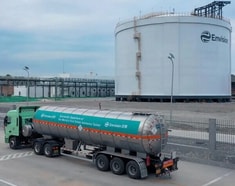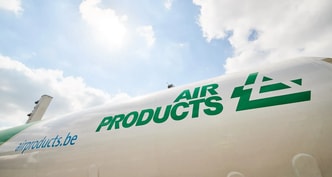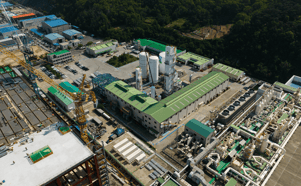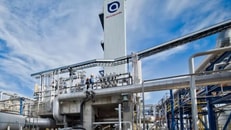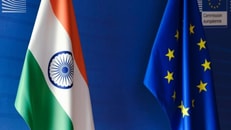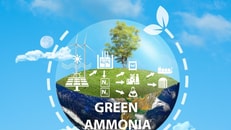Wärtsilä joins hydrogen-argon power cycle consortium for Net Zero energy
Technology group Wärtsilä has joined a consortium to develop an innovative hydrogen-argon power cycle aimed at enhancing engine efficiency and driving Net Zero power generation.
Led by the University of Vaasa and supported by Business Finland, the project seeks to scale up the use of argon—a non-toxic inert gas—as part of a closed-loop combustion system for medium-speed engines.
The Integrated Hydrogen-Argon Power Cycle (iHAPC) consortium will focus on replacing conventional air in internal combustion engines with a mixture of argon and oxygen.
Wärtsilä explains that, combined with hydrogen fuel, this approach offers thermodynamic efficiency gains, as argon’s inert properties allow for higher efficiency than traditional air-based systems. The only by-product of the process is water, with argon being continuously recycled in a closed-loop system.
... to continue reading you must be subscribed

